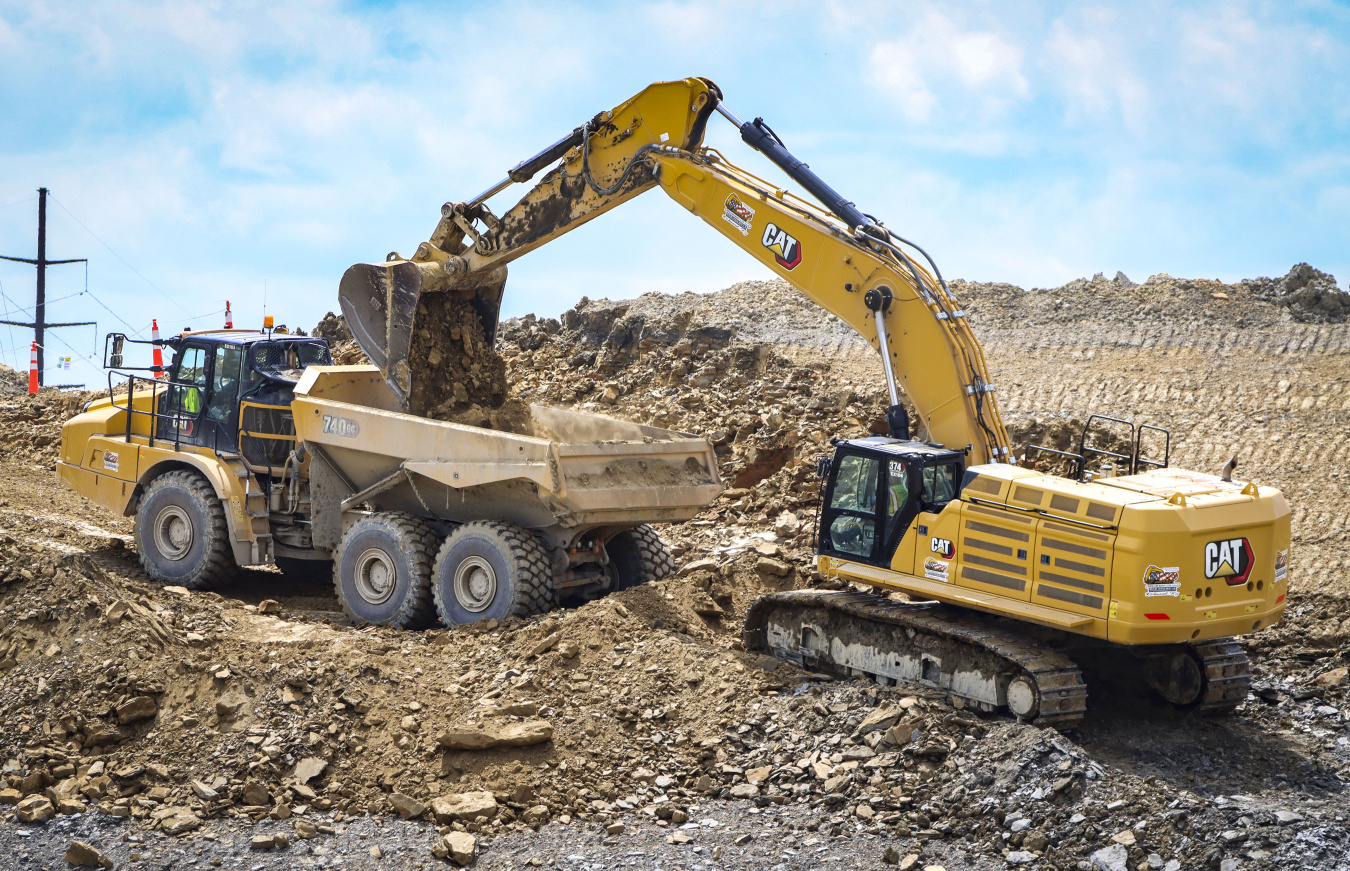Cleanup crews have placed the final layer of a special soil forming the ideal foundation for two new cells being constructed at the On-Site Waste Disposal Facility at the Portsmouth Site. July 22, 2025
Office of Environmental Management
July 22, 2025An aerial view looking southwest at the two cells being constructed at the On-Site Waste Disposal Facility at the Portsmouth Site.
PIKETON, Ohio — Cleanup crews have placed the final layer of a special soil forming the ideal foundation for two new cells being constructed at the On-Site Waste Disposal Facility (OSWDF) at the Portsmouth Site.
These new waste disposal cells will accept debris from the X-333 Process Building, the second of three former uranium enrichment process buildings currently being demolished at the site. This work expedites environmental cleanup of the site and provides more land for future reuse.
Known as select fill, the backfill soil has been screened to eliminate stone or particles larger than 3 inches in size to meet specific permeability and density requirements.
U.S. Department of Energy Office of Environmental Management (EM) Portsmouth Site Federal Project Director Jud Lilly noted the many tasks involved in placing this compacted soil in the two cells being built at the OSWDF, which currently has four active cells.
“Completing the select fill placement for these two additional cells involved safely excavating, screening, hauling, placing, compacting, testing and surveying screened soil,” Lilly said. “The workers kept at it through the tough winter conditions. They did a great job, and now we are all glad to have safely reached this point.”
A dump truck departs one of two new cells being constructed via a ramp at the On-Site Waste Disposal Facility at the Portsmouth Site.
Crews hauled and placed the soil using heavy equipment such as screeners, radial stackers, soil stabilizers, compactors, bulldozers, excavators, motor graders, water trucks and 40-ton articulated dump trucks.
The select fill can be up to 13 feet thick in some areas. Each layer of the cell is surveyed to ensure the slope of the surface is consistent with the OSWDF engineering design.
“We have a grid of control points along the top and toe of the slopes for each cell, as well as across all the floors of each cell that have to be approved by engineering,” said Mason Thomas, land surveyor for Fluor-BWXT Portsmouth, EM's prime contractor for decontamination and decommissioning activities at the site. “Then we locate and double check the points in the field.”
An excavator operator fills a dump truck near one of two cells being built at the On-Site Waste Disposal Facility at the Portsmouth Site.
Reaching the select-fill milestone for the two disposal cells being constructed allows workers to execute the next step in cell construction, placing and compacting about 67,000 cubic yards of clay, forming the clay layer of each new cell’s multilayer liner system. To compare, a cubic yard of material is enough to fill the bed of a standard pickup truck.
Workers will place the clay layer in 8-inch loose layers, then compact it to 6 inches. They will repeat that process six times until a 3-foot-thick clay layer is constructed.
The new cells are expected to be ready to accept waste from the X-333 demolition in the spring next year.
The Portsmouth Paducah Project Office conducts cleanup activities at the Portsmouth Site in accordance with a consent decree with the state of Ohio and director’s final findings and orders with the Ohio Environmental Protection Agency.
-Contributor: Michelle Teeters
To receive the latest news and updates about the Office of Environmental Management, submit your e-mail address.


